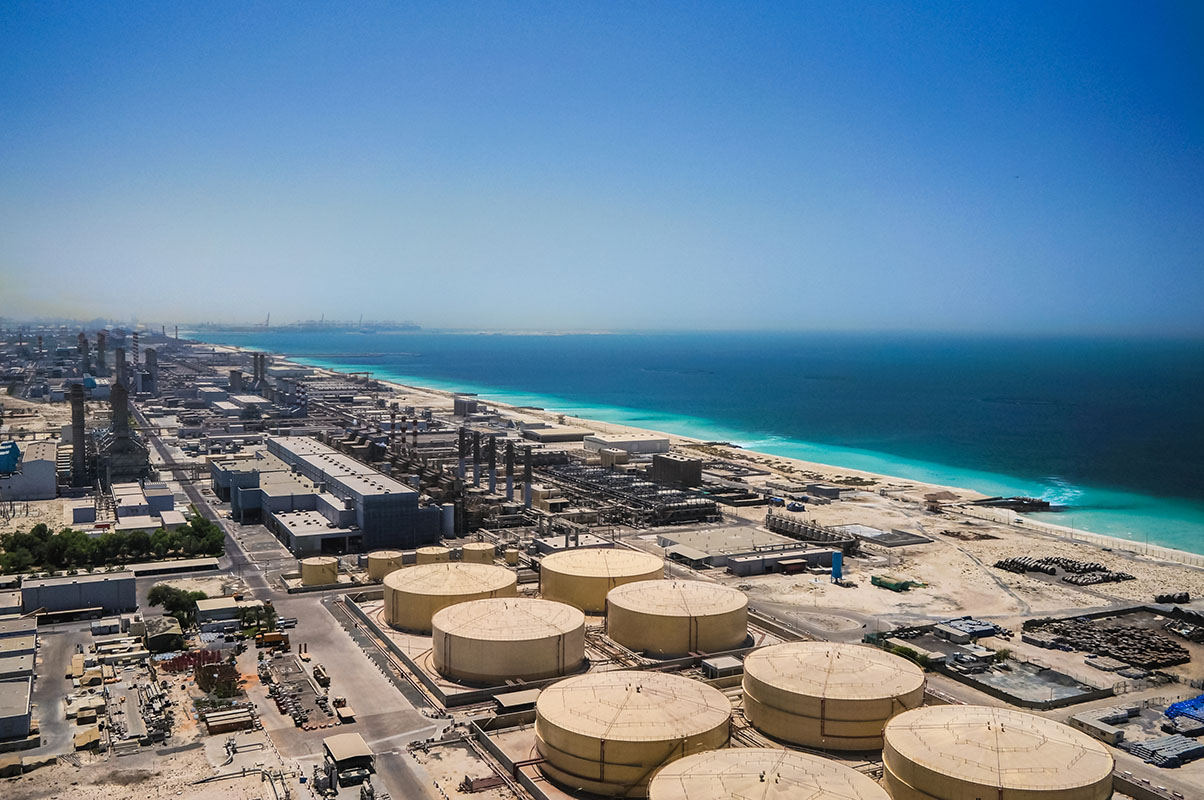Renewable energy model turns water desalination green
Incentivizing industries to actively manage their power consumption could lead to more efficient usage of renewable energy.
Although renewable energy sources such as solar are abundant in the United Arab Emirates, there are inevitably large fluctuations in power output over time. Such fluctuations pose substantial challenges for power-hungry infrastructure such as water desalination plants.
Now, Ameena Al-Sumaiti and her team at Khalifa University’s Advanced Power and Energy Center have developed a sophisticated model that coordinates the operation of desalination plants with renewable-rich power grids. The model encourages desalination plant operators to adjust electricity demand to align with periods of ample electricity supply, reducing power fluctuations and yielding substantial cost saving for all stakeholders.
“The UAE relies heavily on desalination due to limited natural water resources. Given the growing concerns over environmental impact, there is a push to integrate desalination plants with renewable energy sources,” Al-Sumaiti says.
“By optimizing energy resource allocation and reducing reliance on conventional fossil fuels, our study contributes to mitigating climate change, enhancing energy security and promoting economic prosperity.”
Ameena Al-Sumaiti
In addition to being energy intensive, desalination processes such as reverse osmosis are vulnerable to temperature variations that affect membrane activity, water flux and quality. To address these challenges during operations, the system must use temperature correction factors to adapt to renewable energy fluctuations. Al-Sumaiti and co-workers’ newly developed model gives consumers the ability to manage these technical challenges while optimizing their energy consumption through a system called demand response.1
“A demand-response model is built on the premise of encouraging consumers to engage with electricity markets and willingly modify their consumption behaviors, within a tight bidding framework,” explains Al-Sumaiti. In the model, customers are offered financial incentives to adjust their loads and engage in various demand-response options, including scheduling times when they may curtail or shift their loads, or investing in energy-storage technologies such as batteries or hydrogen storage.
“This range of options enables customers to select strategies that align with their technical capabilities and financial preferences,” says Al-Sumaiti. “Additionally, our model emphasizes clear incentives, real-time feedback, and flexible options to further encourage consumers to alter their electricity consumption patterns willingly.”
The team’s simulations show that their optimization strategy could cut the smart-grid operations cost by up to 7% and effectively reduce electricity price volatility, leading to more stable pricing structures for consumers. The strategy also ensures that excess demands can be met by renewable energy.
Looking ahead, the researchers plan to collaborate with industry partners and utilities to gather real-world data, which can be used to validate the models and tailor them to industry needs. “By optimizing energy resource allocation and reducing reliance on conventional fossil fuels, our study contributes to mitigating climate change, enhancing energy security and promoting economic prosperity,” says Al-Sumaiti.
Reference
1. Elsir, M., Al-Sumaiti, A.S., El Moursi, M.S., & Al-Awami, A.T. Coordinating the day-ahead operation scheduling for demand response and water desalination plants in smart grid. Applied Energy 335 120770 (2023).|Article




